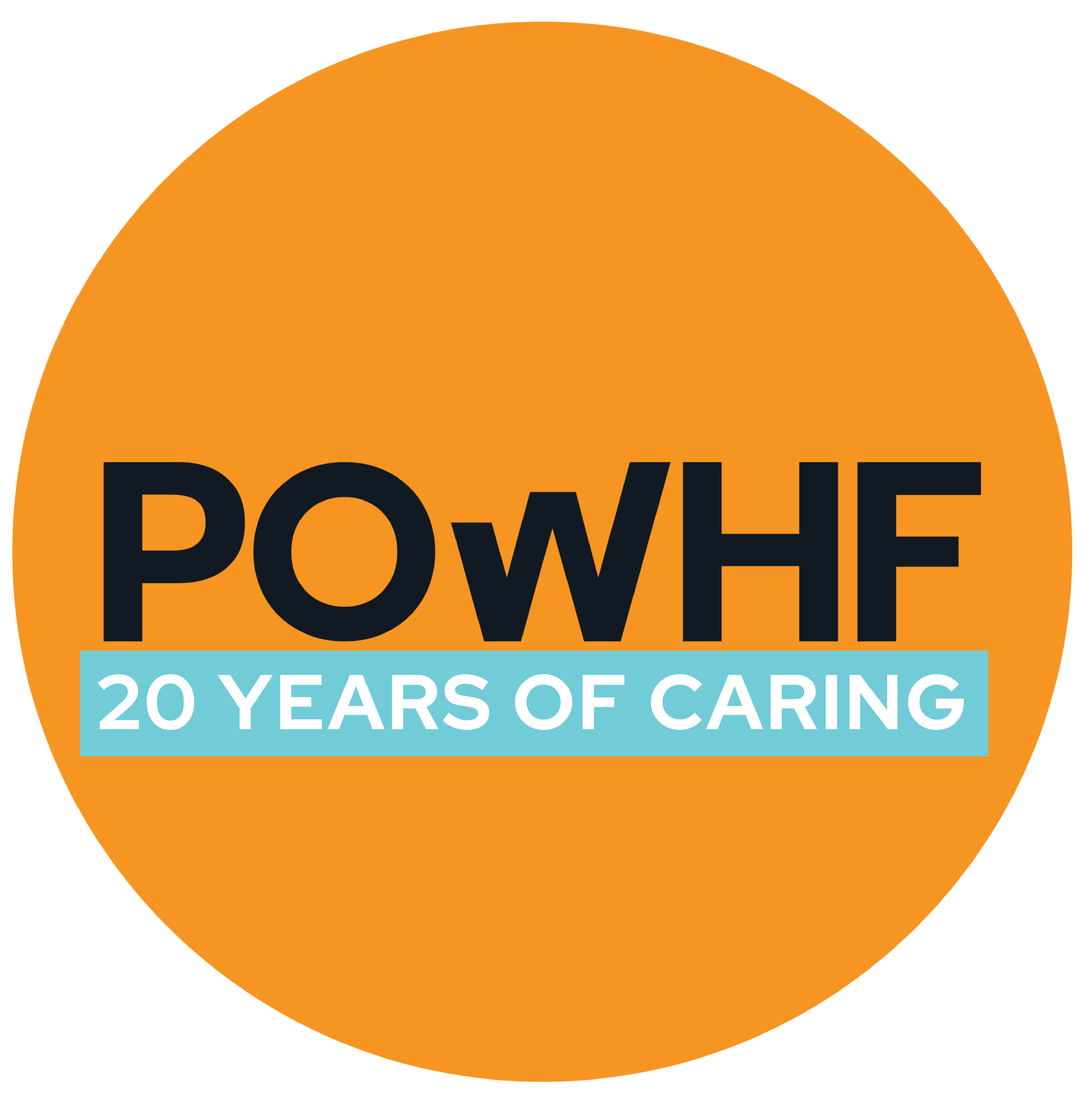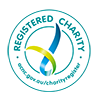According to Australian statistics, stroke is one of the leading causes of disability and death. It is crucial to understand this medical condition to recognise the signs and symptoms, seek immediate medical attention, and take preventive measures. In this blog post, we will delve into the topic of stroke, exploring its definition, causes, signs and symptoms, types, and what it feels like to experience a stroke.
What is a stroke?
A stroke, also known as a cerebrovascular accident (CVA), occurs when the blood supply to the brain is disrupted, leading to damage or demise of brain cells. This disruption can happen due to either a blockage in an artery (ischemic stroke) or bleeding from a ruptured blood vessel (haemorrhagic stroke).
What causes a stroke?
Various factors can increase the risk of having a stroke, including:
- High blood pressure (hypertension): This is the most common cause of strokes in Australia.
- Smoking: Tobacco smoke damages blood vessels and increases the risk.
- Diabetes: Uncontrolled blood sugar levels can damage blood vessels.
- High cholesterol: Elevated levels of cholesterol can lead to plaque buildup, narrowing the arteries.
- Atrial fibrillation (AF): An irregular heartbeat increases the chances of blood clots forming in the heart and travelling to the brain.
- Obesity: Excess weight and an unhealthy lifestyle contribute to the risk of stroke.
- Family history: A family history of stroke or certain genetic disorders may increase susceptibility.
What are the signs and symptoms of stroke?
It is crucial to recognise the signs of a stroke and act swiftly to minimise potential damage. The six most common signs and symptoms include:
- Sudden weakness or numbness on one side of the face, arm, or leg.
- Difficulty speaking or understanding speech.
- Confusion, dizziness, or loss of balance.
- Severe headache, often accompanied by neck stiffness.
- Blurred or impaired vision in one or both eyes.
- Trouble with coordination and walking.
Remember the acronym ‘FAST’ when assessing for stroke: Face drooping, Arm weakness, Speech difficulty, and Time to call emergency services (000).
What are the types of stroke?
- Ischemic Stroke: This type of stroke occurs when a blood clot blocks an artery, cutting off blood supply to a part of the brain. It accounts for approximately 85% of all strokes.
- Haemorrhagic Stroke: This type of stroke happens when a blood vessel ruptures, causing bleeding in the brain. Haemorrhagic strokes are less common but often more severe.
What does a stroke feel like?
Experiencing a stroke can vary from person to person, but some common sensations include:
- Sudden weakness or numbness on one side of the body.
- Difficulty speaking or slurred speech.
- Severe headache that may be accompanied by vomiting or altered consciousness.
- Loss of coordination and balance.
- Vision problems, such as blurred or double vision.
It is essential to remember that these symptoms can appear suddenly and without warning. If you or someone around you experiences any of these signs, seek immediate medical attention by calling emergency services on 000.
Stroke is a serious medical condition that requires prompt recognition and action. By understanding the causes, signs and symptoms, and types of stroke, we can be better equipped to protect ourselves and our loved ones. If you suspect a stroke, remember to act FAST and call for emergency assistance. Stay informed, make healthy lifestyle choices, and consult with a health professional to minimise your risk of stroke and its potential impact on your life.



